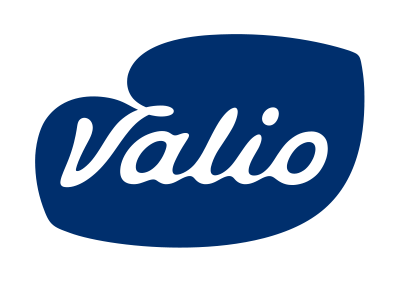Clean label trend is evolving – consumers still willing to pay a price premium

The clean label trend is not new, but what does it actually mean for consumers? While there is no official definition of it, according to the Institute for Food Technologists, a clean label means making a product using as few ingredients as possible and making sure those ingredients are items that consumers recognize and regard as wholesome. [1]
Today, clean label means much more than a short list of food ingredients; it has relevance not only to health, but also to transparency.
Being transparent means being open and honest about the whole food supply chain and all the ingredients used in the products. This is mainly due to the increasing interest in sustainability issues: 67 % of global consumers stating that they care more about ingredient sourcing than they did a year ago, and 74% expect companies to be transparent about their raw material sources. [2]
What does clean label mean?
- Removal of undesirable or unhealthy additives.
- Emphasis on transparency and information regarding ingredients and their sourcing.
- Demand for greater environmental responsibility.
Source: Innova, Global Trends in Clean Label 2023.






